With high caseloads that only seem to grow but the day, SLPs rely on grouping students to meet goals and required minutes. Articulation groups are one of the most common ways SLPs use to help students with articulation ( and phonological ) disorders. While this may be the most common we need to ask ourselves, is it really the most effective?

Articulation Groups
Artic groups usually look something like this…
An SLP sits at a table with 3,4, or even 5 students. The SLP provides the student with a word containing their sound and the student says that word ( or phrase, or sentence, etc ) a certain amount of times. Then, the SLP goes to the next student and process repeats.
Sound familiar? Most of the time SLPs try and give the students worksheets or some activity to do that focuses on their sound in someway while they wait for their turn. As for how much practice does everyone get, well, it is probably not as much as the SLP would like to give. Does it mean articulation groups are not effective? No. Does it mean that students don’t get their required minutes? No. It does mean that as groups get bigger, each student gets less direct time working with the SLP.
Articulation Stations
Artic stations, aka centers, is another method that more and more SLPs are starting adopt. They work like this…
Around the room are different stations that students move to at certain intervals. Each station is supervised by the SLP and has an activity that has the student directly working or focusing on their sound in some way. One station is one on one time with the SLP. This typically is straight sound drills to get the most amount of repetitions in during the allotted time.
So between these two models which do you use?
While articulation groups have been the standard for years, after trying stations/centers I’m never going back! Let me tell you why.
I was starting to feel like I wasn’t really making enough progress with my artic/phono kids. I wanted to give each of my kids more attention but with groups getting bigger it wasn’t possible unless I cloned myself. So I decided to try some stations one day and was amazed! I didn’t feel overwhelmed about giving everyone their time! All of my kids were engaged! No one was sitting slumped in their chair or staring our of the window into the hall! My kids even asked if we could do speech like that again…
When it comes to articulation therapy, research suggests that short, intense durations of direct treatment spread out over a time are more effective than one lengthy session each month. This is why I use the 5 Minute Kid model for my one on one therapy. You can read the research on their method in this article. I have used this model for years and really like it.
There are several stations that I rotate between so that the kids don’t get bored.
- Book Search – I have about 3-4 different books ( with pictures ) that the kids can look through and they find words that have their sound or draw pictures they find that have their sound.
- Movement – Kids sit way too long during their day at school. This station has some images of different stretches or small movement activities, like arm circles, that kids can do. It really helps if my wiggly kids do this station before they come to me.
- Card Sort – I have articulation card decks out and say the words quietly to themselves and then sort the cards into easy and hard piles.
- Worksheets – OK, ok, I still use worksheets but the kids are practicing the words and then coloring part of it or doing something the mark off the words they have done. I have found worksheets with dobbers or portions to color work best here. I use the pages from my No Prep Articulation packet frequently since there are different activities on one page.
- Listening station – I use some homemade whisper phones, aka, curved PVF piping wrapped in some pretty cool duct tape, to have kids read their word lists to themselves and listen to their productions.
- SLP – Every student comes to work with my one on one for at least 5 minutes. We get down to business here! I check to see if they have done their ‘speech homework’ and then it is straight drill and I don’t feel bad about it one bit! They get the opportunity to do lots of different activities during their time so doing some serious work isn’t a big deal when they get to me.
Those are my stations right now and so far so good. My kids don’t complain and I’m seeing progress. The best thing about using a station model is that you don’t need anything special to start it. This has worked well with my K-5 groups and I don’t see myself going back to traditional groups anytime soon.
Do you do stations?

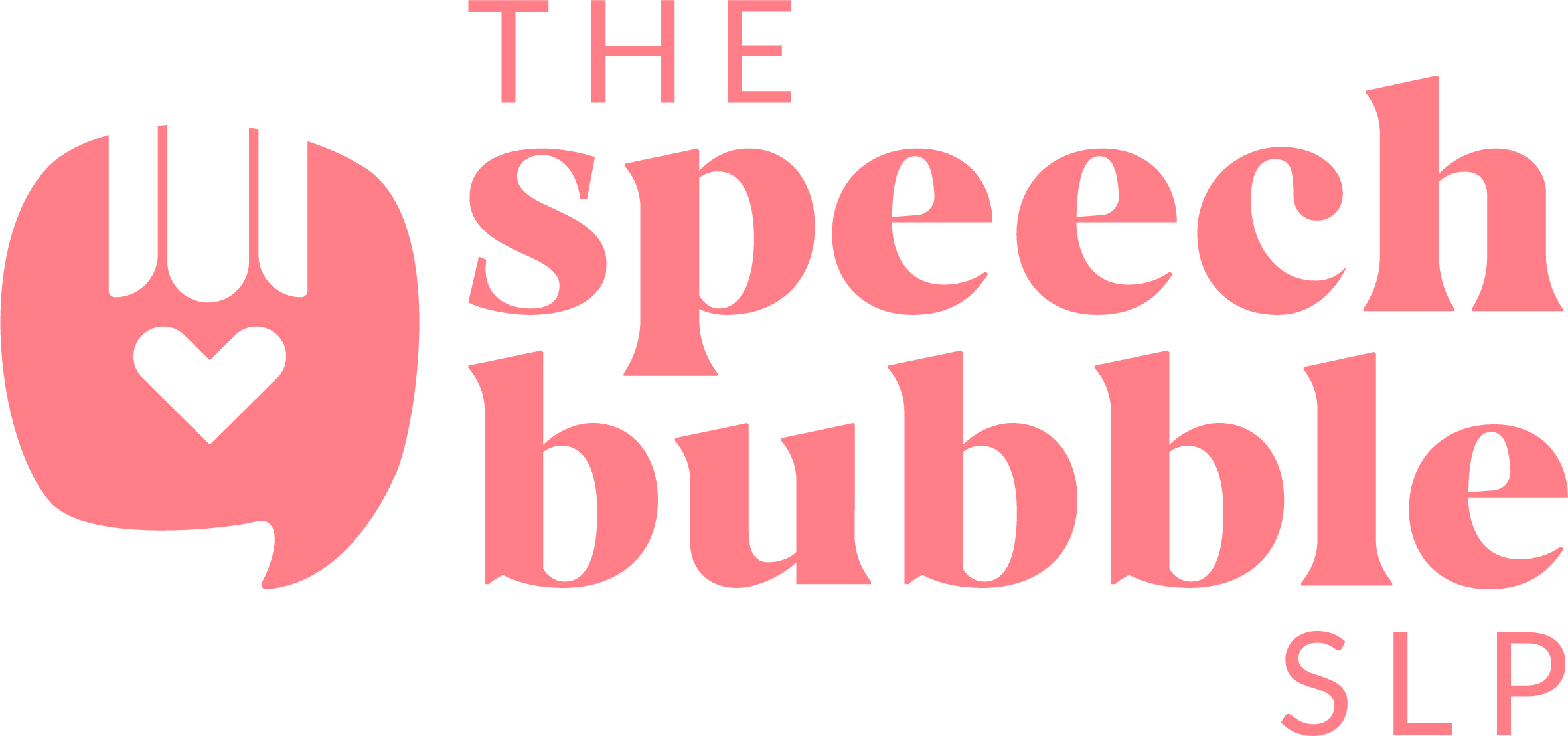


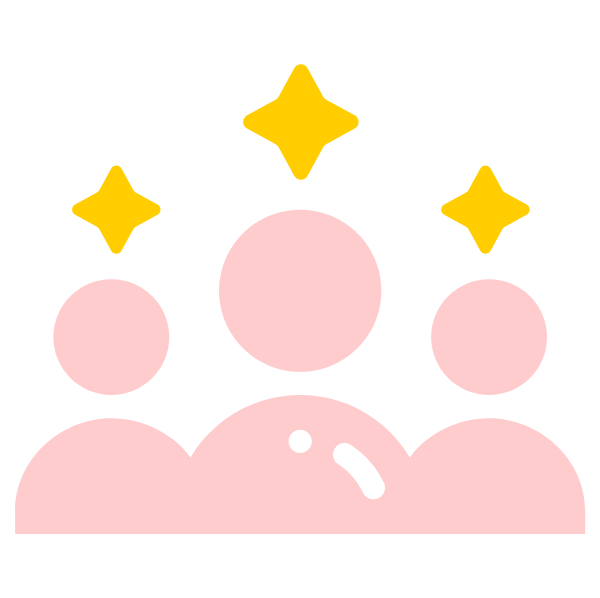
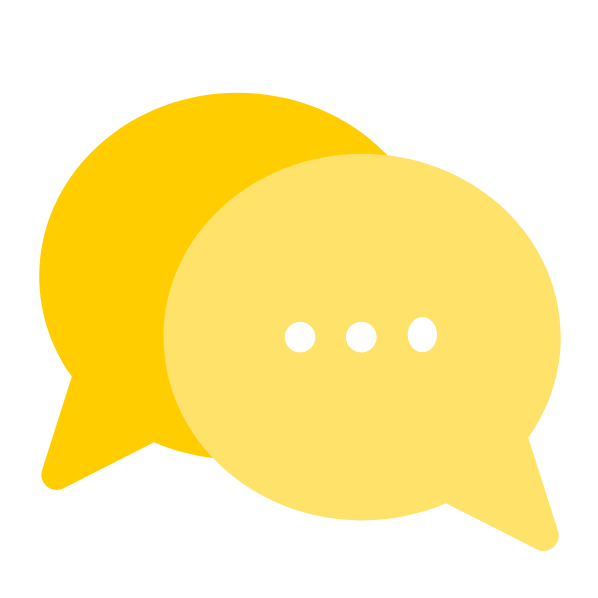




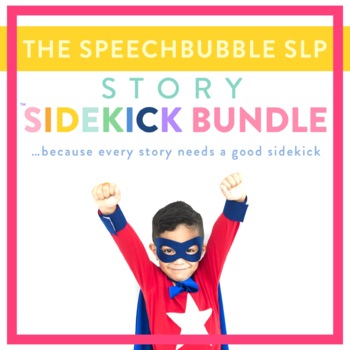






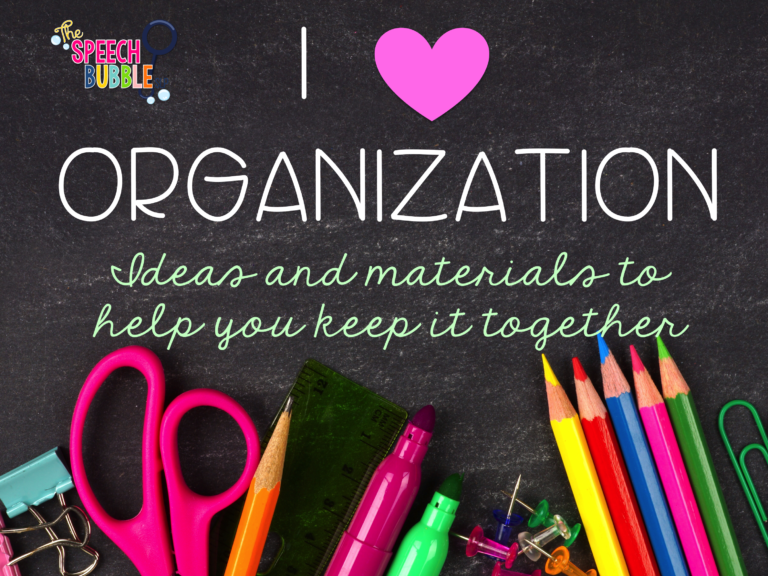
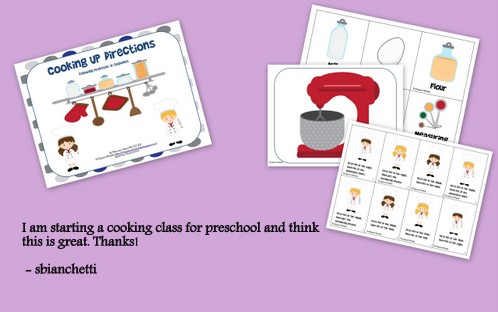


15 Responses
Love this idea! So you use this for your grouped kids, not your 5min kids, correct? How do you decide which kids to put on the 5min model and which kids to group? And how long are your full station sessions?
Hi Cassie 🙂 Right now my IEP students are the ones in my stations and my RtI students are the ones I travel to for the 5 minute model. I am hoping to start to be able to include my 5 minute kids into some of my groups soon though. That being said I take the 5 Minute approach with my IEP students. With my IEP students I just make sure that their minutes in their IEPs match the 5 minute approach and with the station model some actually end up getting more minutes which is nice for the times when sessions get cancelled.
How do you dertermine who gets 5 minute kid sort of therapy and who gets group therapy in stations? Also, do you do 5 minutes because I’m not sure that time is even billable (not that that is why we recommend a time)? How do you document in the IEP the frequency and duration (5 minutes, 5 times a week)?
Hi Kelli,
I like to use the 5 minute approach with all of my students but with some tweaking 😉 I like the intense practice that it offers and feel it is beneficial for all of my artic kids. My students’ minutes are determined by their severity and needs and when using the 5 minute model I always think about what their total for the week will be and use that when writing in minutes for billing. There is also the option to write in minutes, such as 25 min/wk and then in the notes, add that the students weekly minutes may be met using a specific model, in this case the 5 Minute Kids model. While students rotating stations, they are all being supervised by the SLP and still being given direction and instruction. So even though one station is one on one with the SLP all students are still receiving instruction from the SLP at each station as the SLP as set up the stations and will be providing support and direction as the session moves forward. Sorry for the novel, ha. I hope that answers your question 🙂
I just started stations this year and we are loving it. I really appreciate the opportunity to have the focused time with each student and they seem to enjoy moving around as well. In addition, I received a very positive response from a Kindergarten teacher. She really liked the idea that this would provide another opportunity to practice station expectations that are used in the classroom. Regarding the drill, drill, drill approach, I have found that my students love to see how many repetitions they can get during their time.
Do you have any suggestions for preschool artic groups.? I feel like a lot of my kids wouldn’t be independent enough to do this but I am struggling to get enough trials in for each of my kiddos!
A big question I would have is how big are your groups? Yes, 3-4 year olds are less independent than Kindergarteners but I think they could still use this model effectively. You may want to incorporate more ‘themed’ stations rather than small activities. So if you have kids working on K, T, and B, you can have one station full of items that contain K and the kids have to put all the K items in a certain bin. Then some different activity with T items, etc. I hope that helps!
Could you post a pic of the set up of stations? How big is your classroom? How much space does this require?
It doesn’t really require a lot of space which is great. For my stations, I just put up a piece of paper on the wall or on the table with what the station and the materials needed ( if any ) for it. Then the kids just switch through the stations. I have had people with very little space have each seat at their table be a different station.
Most of my groups are mixed artic and language students. How would these stations work for language kids?
Depending on your students language goals you can have some general language activities or worksheets at each station. Then when they come to you, you an target their specific skill for the session.
As my caseload continues to expand, I feel like I have to move to something like this. The kids get bored and with boredom comes behaviors. I hate having to be the mean teacher, ha! Thank you for the great ideas! Can’t wait to see how they work with my caseload.
How long are your groups? Do you do the traditional 30 minutes and run stations twice a week or do you see them for their full iep time and then just once a week?
My groups are 25-30 minutes. I have kids start 5 minute rotations as soon as we walk in the door.
Like you, I LOVE stations for artic therapy!! I find it keeps the kids entertained with multiple activities and when they come to me I can get many repetitions one on one. I was unable to do my stations during covid and my students’ progress suffered. Can’t wait to get back to it in the coming school year.